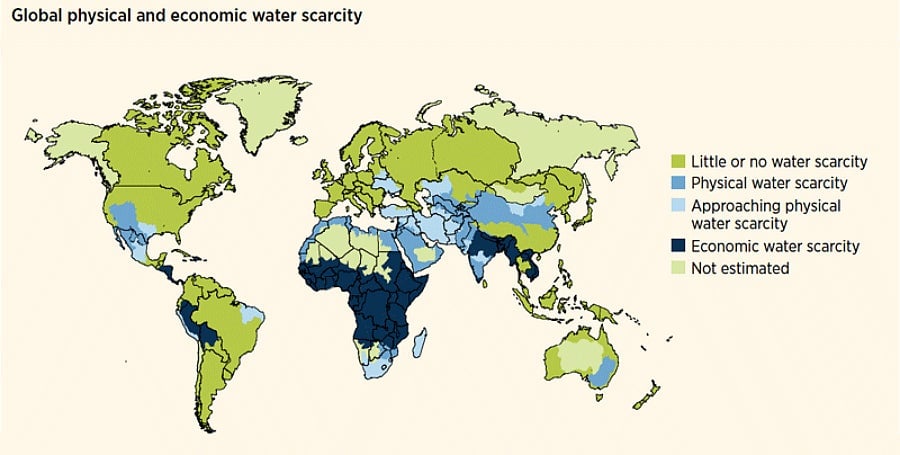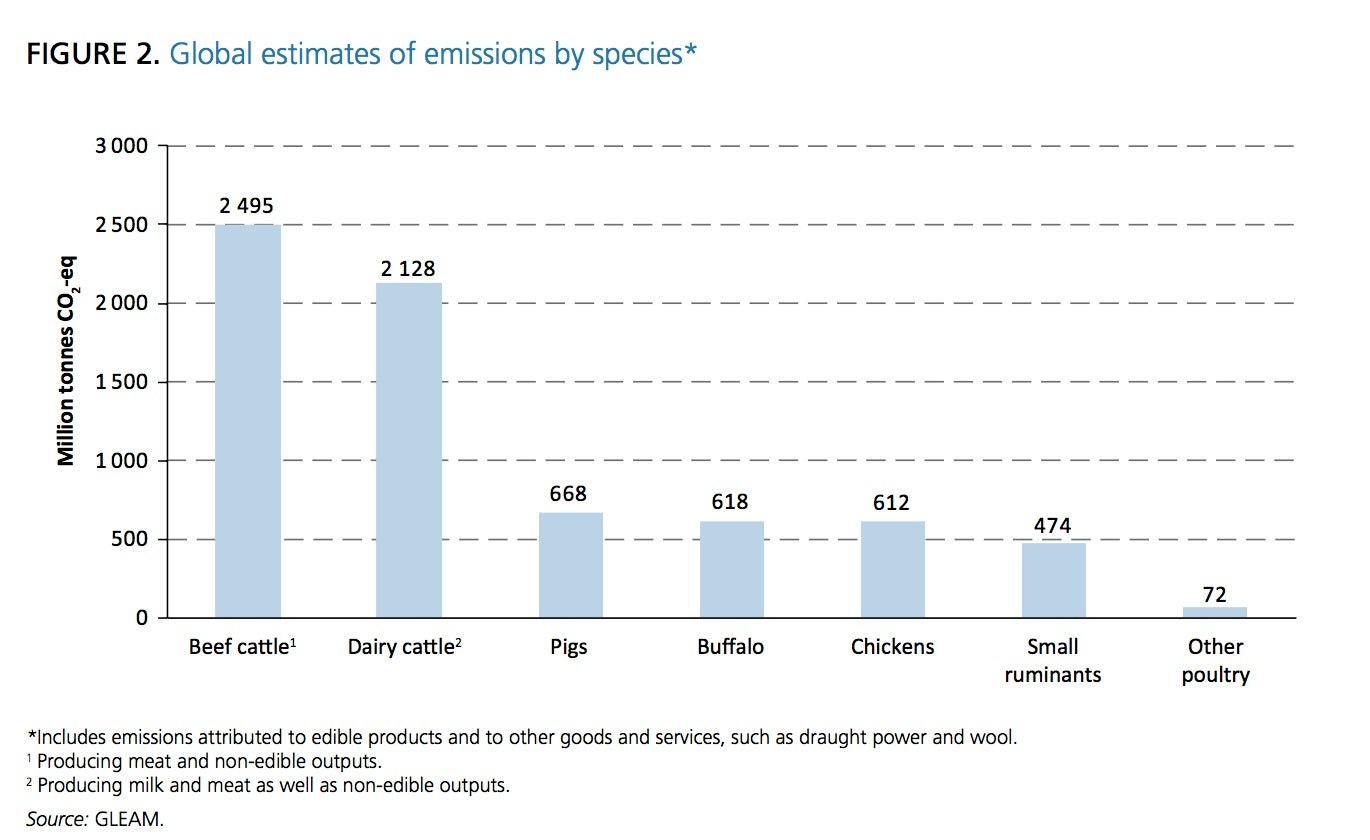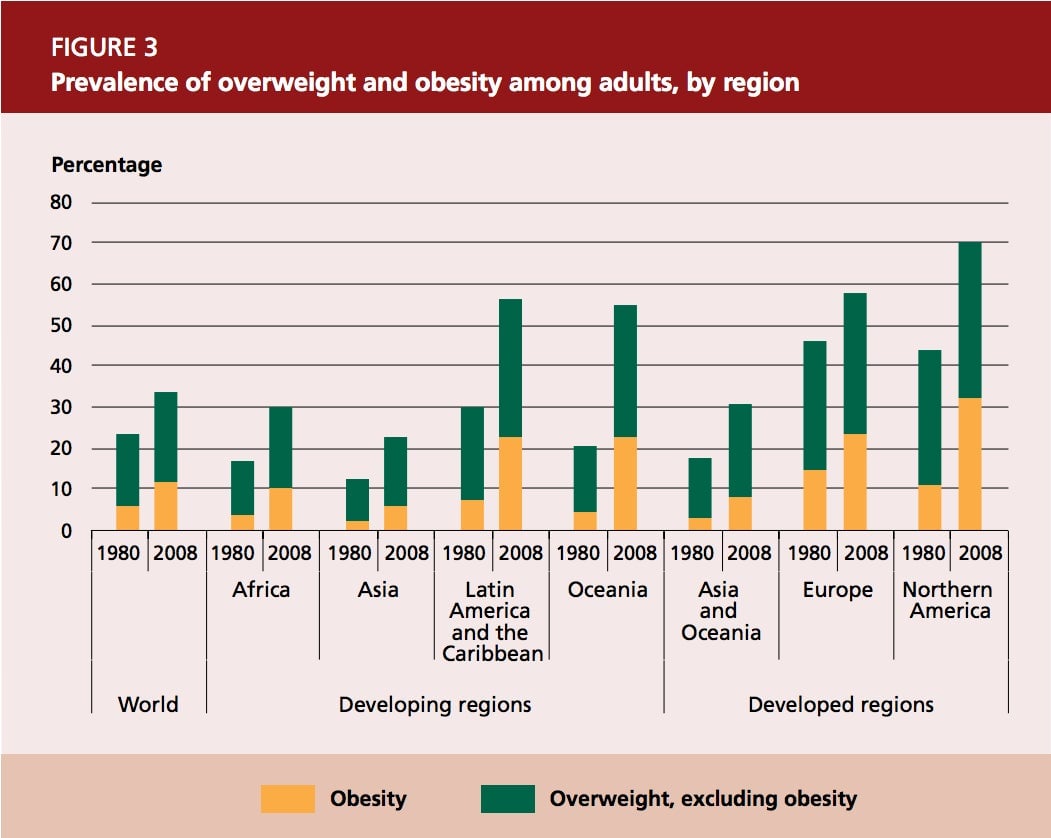Five gruesome truths about the sorry state of the global food industry
This article has been corrected.


This article has been corrected.
Wednesday (Oct 16) is World Food Day, a day marked by the United Nations to highlight the obstacles facing the global food industry, as well as the most viable solutions for surmounting them. The topic of this year’s discussion centers around sustainability—specifically, how efficient, well-managed and sustainable food systems can help alleviate global hunger and malnutrition.
There are, however, a slew of truths about today’s unsustainable global food industry which, if not holistically addressed, will put potentially catastrophic strains on the world. There are many dire realities about the sorry state of global food production, distribution and dissemination. For instance, over a billion people are still underfed. But the lesser known realities are equally eyebrow-raising, stomach-turning and deserving of attention.
Here are a handful of the ones you may not know about:
We consume less than a third of the food we produce
The world currently produces enough calories to overfeed every human—presently, about 2,700 calories per head—and yet the world, as a whole, is underfed. The reality is in no small part due to the overwhelming inefficiency of our global food production and consumption. A third of the food we produce is used to feed animals; another third is wasted; and roughly 5% is used to produce biofuels.
Our water scarcity problem isn’t just about geography
Roughly a fifth of the world lives in areas suffering from physical water scarcity, and another 500 million are quickly approaching a similar state. But that only tells half of the tale. Another 1.6 billion people live in countries with insufficient water infrastructure, or in what’s referred to as economic water scarcity.

What’s more, water use has been growing at more than twice the rate of population growth for over a century. By 2030, a mere 16 years from now, global water demand is expected to exceed supply by some 40%, at which point roughly half of the world could face water shortages.
Our obsession with meat is costing the earth dearly
Not long ago, meat was something of a luxury consumed by the few, but now it’s eaten by most of the world’s population. The livestock industry accounts for 30% of the planet’s land (pdf, p. xxi), according to a 2006 estimate by the UN Food and Agriculture Organization, and some think that’s even an underestimate. Roughly 15% of world carbon emissions also stem from the meat industry. The worst offender by far is the cattle industry. The beef and dairy industries alone account for a tenth of global emissions.

Obesity isn’t a problem; it’s an epidemic
What began in the US has overtaken the globe. Nearly 15% of the world (pdf) isn’t just overweight, but obese. The disease (yes, it’s a disease) carries exponentially higher risks of heart disease and diabetes. In the developed world, the number is even higher; it’s closer to 25%. And in some countries, like the US and Mexico, the percentage is upwards of 30%.

When measuring the percentage of populations that are both obese and overweight, the numbers are overwhelming. In the US, some 70% of people are obese or overweight; in Latin America and Europe, nearly 60% are. The current course is both costly and unsustainable. Non-communicable diseases, of which overweight and obese are leading risk factors, cost roughly $1.4 trillion in 2010, and obesity is associated with lower productivity and happiness.
We are teetering on the edge of a full-fledged food crisis
Food consumption has exceeded food production for five of last ten years, and it appears to have caught up with us. World grain reserves haven’t been this low since 1974. Without a healthy level of reserves to fall back on, the world is woefully unprepared for any and all unexpected bouts of severe weather. Meager harvests by any of the world’s main exporters of grain, which includes corn, wheat and rice, could leave significant portions of the earth without enough food. Compounding the problem are spiking global food prices: Dangerously low reserves have pushed food prices up to near record levels.
Correction: An earlier version of this article stated that cattle occupy about a quarter of the planet’s land. This was corrected to say that the livestock industry accounts for 30% of the land.